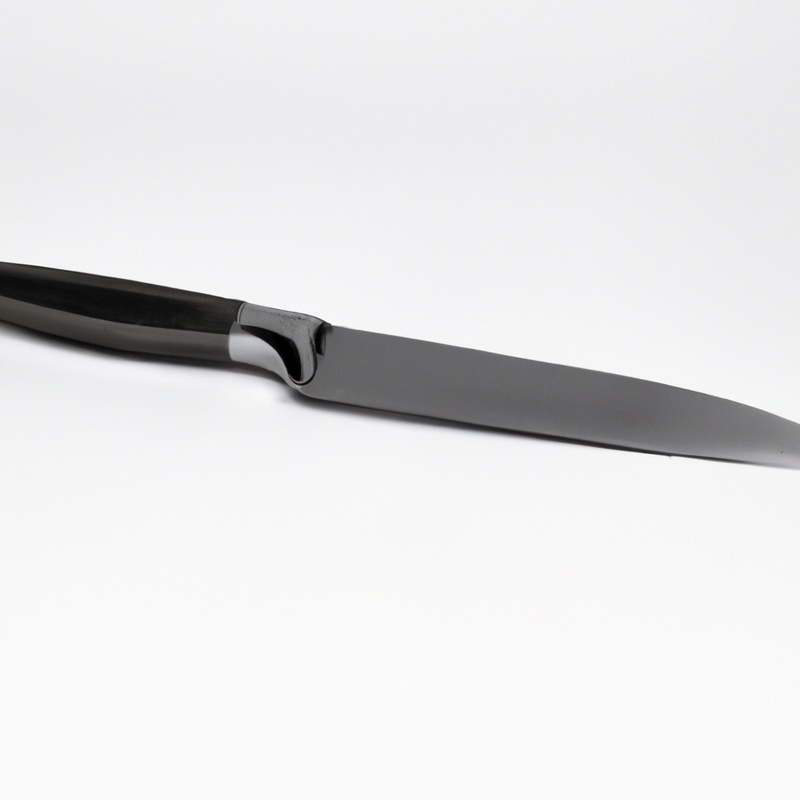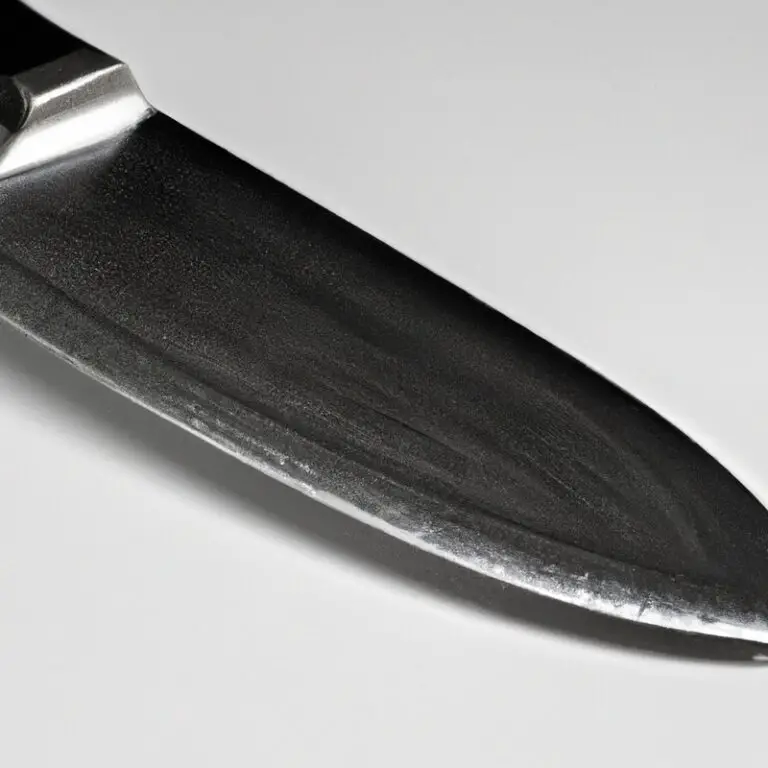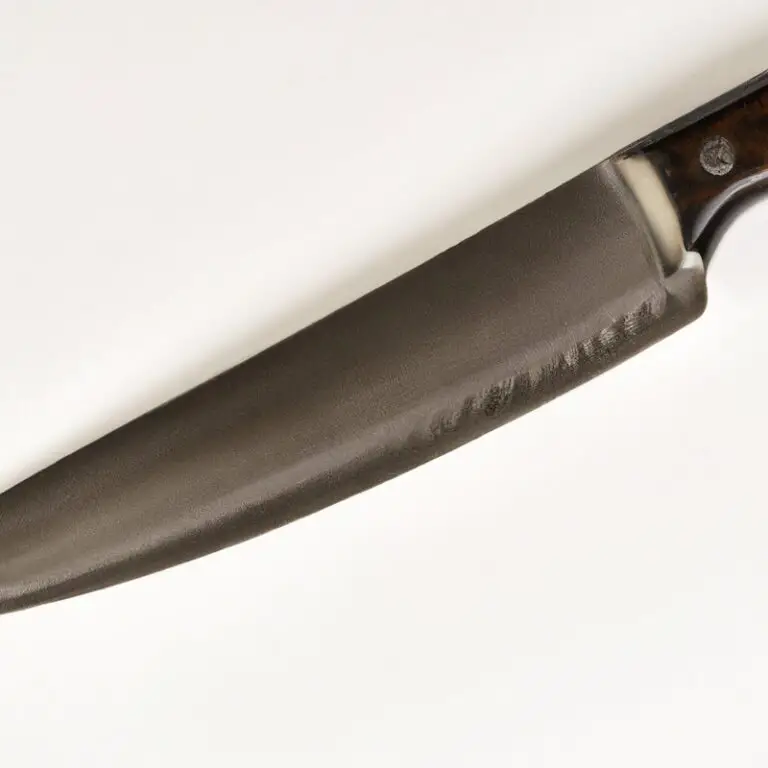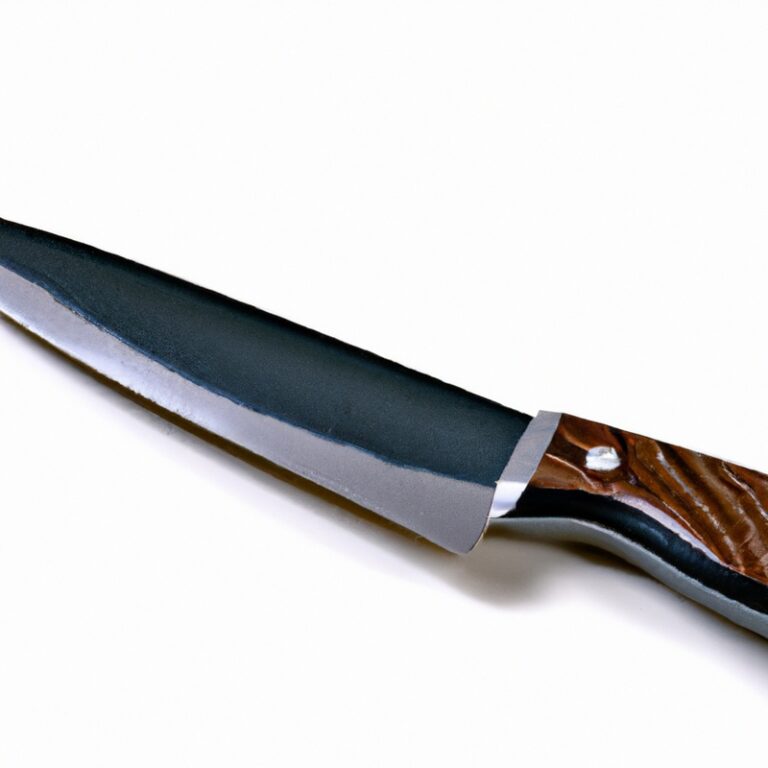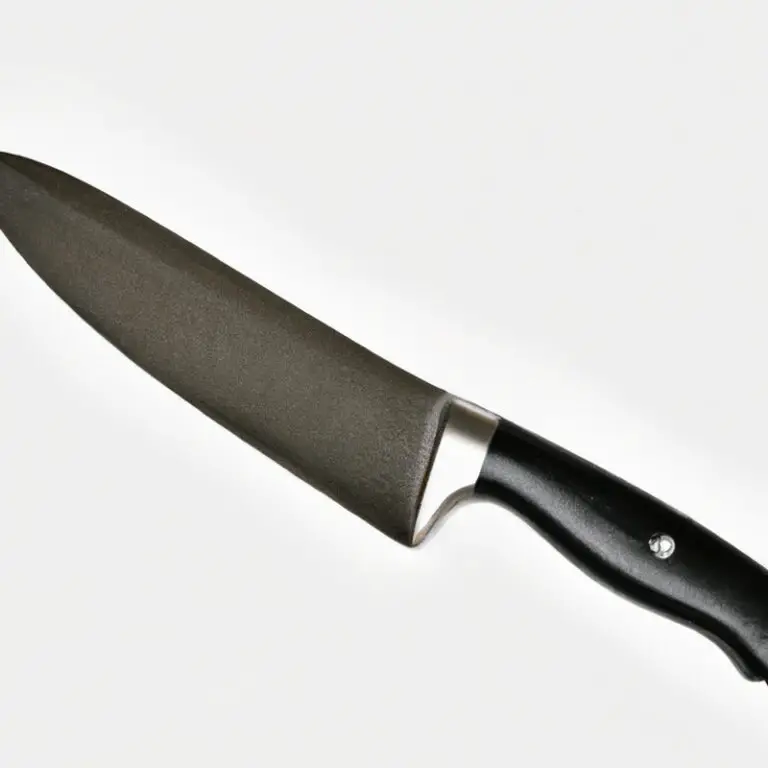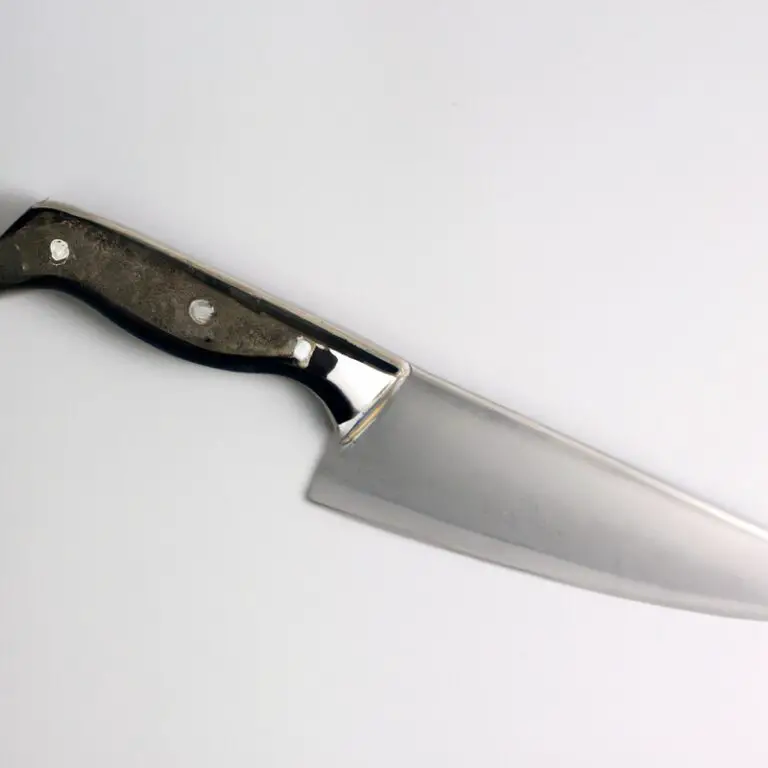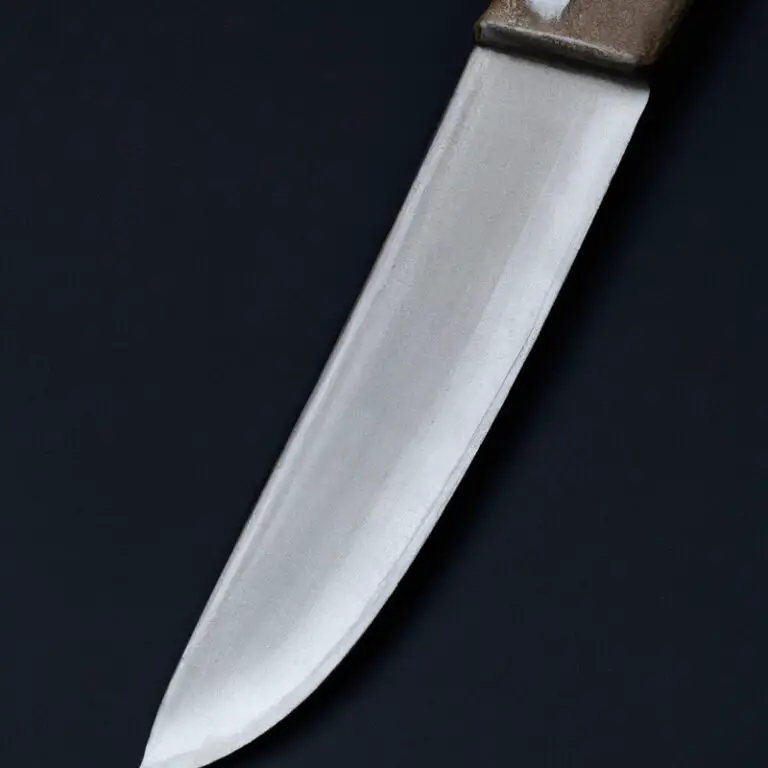How To Fillet a Kokanee Salmon Using a Fillet Knife? Easy!
Key Takeaways:
- A sharp fillet knife is crucial for an efficient and safe kokanee salmon filleting process.
- Proper technique is important for maximizing the yield of usable meat from the fish.
- Always prioritize safety by using a cutting board and keeping your fingers away from the blade.
- Practice makes perfect – after a few tries, you’ll be able to fillet a kokanee salmon smoothly and with ease.
If you love fishing, especially catching the delightful kokanee salmon, you know that nothing beats the taste of a freshly filleted fish. But, filleting a fish can be a daunting task.
However, with the right techniques and tools, filleting a kokanee salmon can be a breeze.
In this article, I’ll guide you on how to use a fillet knife to fillet a kokanee salmon. From selecting the best fillet knife for the job to efficient removal of the rib cage and skin, you’ll learn all there is to know about filleting a kokanee salmon like a pro.
| Step | Instructions |
|---|---|
| 1 | Grip the tail of the kokanee salmon with one hand and make an incision behind the gills with the fillet knife. |
| 2 | Insert the knife’s blade into the incision and slice downwards along the spine with smooth, sweeping motions while holding onto the tail. |
| 3 | Don’t cut too deeply, as you want to avoid puncturing the organs lying underneath the fillet. Use a light touch when you go around the rib bones. |
| 4 | Once the fillet is fully separated from the body, flip it over and repeat the process on the other side. |
| 5 | Once you have both fillets, use pliers or tweezers to remove any pin bones from the flesh. Rinse the fillets under cold water and pat dry. |
Types of Fish Fillet Knives for Kokanee Salmon
When it comes to filleting a kokanee salmon, having the right type of fish fillet knife can make a big difference in the outcome of your fillet. The two most common types of fillet knives for kokanee salmon are flexible and stiff.
Flexible fillet knives are thin and bendable, making them ideal for cutting around the curves and bones of the fish.
They work best for filleting smaller and more delicate fish like kokanee salmon. However, they may not be as effective for larger or tougher fish.
Stiff fillet knives, on the other hand, are thicker and less flexible, making them ideal for filleting larger and tougher fish.
They work well for cutting through bone and skin and are ideal for filleting fish with a thicker flesh like salmon. It is important to choose a fillet knife that matches your skill level and the size of the fish you will be filleting.
A good quality fillet knife should have a sharp blade, comfortable handle, and balance well in your hand.
Investing in a good quality fillet knife can make a big difference in the efficiency and outcome of your fillets. Choose the right type of fillet knife based on the size and type of fish you will be filleting, and always maintain and sharpen your knife for optimal performance.
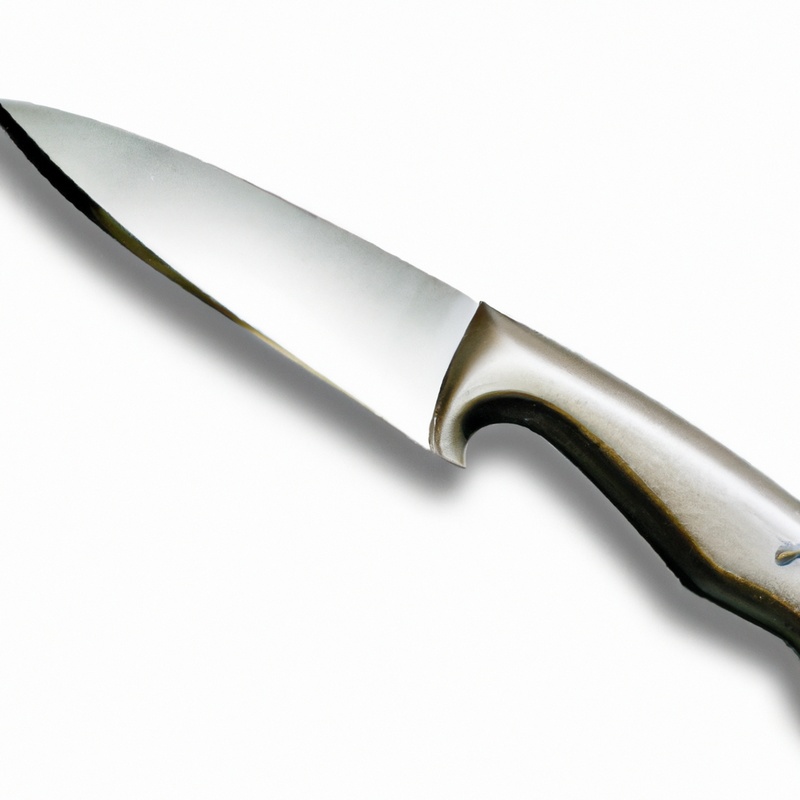
Preparing a Kokanee Salmon for Filleting
Before you begin filleting a Kokanee salmon, you need to prepare it properly. Here are the steps you should take:
- Gut the fish: Cut open the belly of the fish from anus to gill. Reach inside the fish with your hand and remove the guts.
- Rinse: Rinse the fish under cold, running water to remove any blood or debris.
- Remove scales: Scale the fish using a scaler or a knife by holding the fish firmly and scraping the scales away from the head to the tail.
- Remove the head: With a sharp knife, cut off the head just behind the gills.
- Cut the tail off: Use a sharp knife to cut off the tail.
Once you’ve prepared your Kokanee salmon, you’re ready to move on to filleting.
Selecting the Best Angle to Start Filleting
When it comes to selecting the best angle to start filleting a kokanee salmon, you should always begin with the fish belly facing upwards. This will allow you to easily access the underside of the fish, where the fillet knife can make the first incision.
It’s important to hold your fillet knife at a 15 to 20-degree angle and guide it through the fish’s flesh, following the natural curve of the spine.
Be sure to use smooth, controlled strokes and avoid sawing back and forth as this can damage the flesh and reduce the quality of the fillet. As you work your way through the salmon, adjusting the angle of your fillet knife as necessary, you’ll want to keep your fingers and hands out of harm’s way.
Grip the fish firmly with one hand while using the other hand to control the knife.
Remember that practice makes perfect, so don’t be discouraged if your first attempt at filleting a kokanee salmon doesn’t come out perfect. As you become more experienced, you’ll learn to adjust your angle and technique to produce the best possible fillet.
Step-by-Step Guide to Remove the Head and Spine
To remove the head and spine of a kokanee salmon, follow these steps:
- Place the fish on a cutting board with its belly facing up.
- Insert the fillet knife behind the gills, just below the head. Cut through the flesh until you reach the spine.
- Turn the fish around and make a similar cut on the other side of the head.
- Grab the head with one hand and the body with the other hand. Twist the head until it separates from the body.
- After removing the head, cut down the length of the spine, straight through the fish’s backbone.
- Gently pull the spine and ribs away from the flesh, using the fillet knife to cut any remaining connective tissue.
Now the head and spine are removed, and you’re ready to proceed with the next steps in filleting your kokanee salmon.
Efficient Removal of Rib Cage from Kokanee Salmon
To remove the rib cage from a Kokanee salmon, make a long cut from the top of the fillet down to the base of the ribs. Then angle your knife so it’s flush against the rib cage, using short strokes to cut the flesh away from the bones.
Once the flesh is removed, grab the ribs firmly with your fingers or a pair of pliers, and gently pull them out in one swift motion.
Repeat the process on the other side of the fish to remove the second fillet. A sharp fillet knife can make the process more efficient and accurate.
Removing the rib cage ensures that the fillet is boneless and ready for cooking or freezing.
Separating the Flesh from the Skin with Precision
Separating the flesh from the skin with precision is a critical step in filleting a kokanee salmon. To do this, you need to make a small incision between the flesh and skin and then carefully guide the knife between the two layers.
Start at the tail end of the fillet and work your way towards the head, gently separating the flesh from the skin as you go.
It’s important to maintain a steady and even hand throughout this process to avoid cutting into the flesh or leaving behind any skin. Your knife should be sharp, and you should angle it downwards towards the skin.
Keep a firm grip on the fillet as you work, using your free hand to pull the skin taut and prevent it from slipping.
If you encounter any resistance or find that the skin isn’t separating easily, try angling your knife slightly more towards the skin. You can also use a sawing motion with your knife to help loosen the flesh from the skin.
Once you’ve successfully separated the flesh from the skin, you can remove the fillet and repeat the process on the other side.
Make sure to discard the skin and any leftover bones or bits as you go. With practice and patience, you’ll be able to separate the flesh from the skin with precision and create beautiful fillets every time.
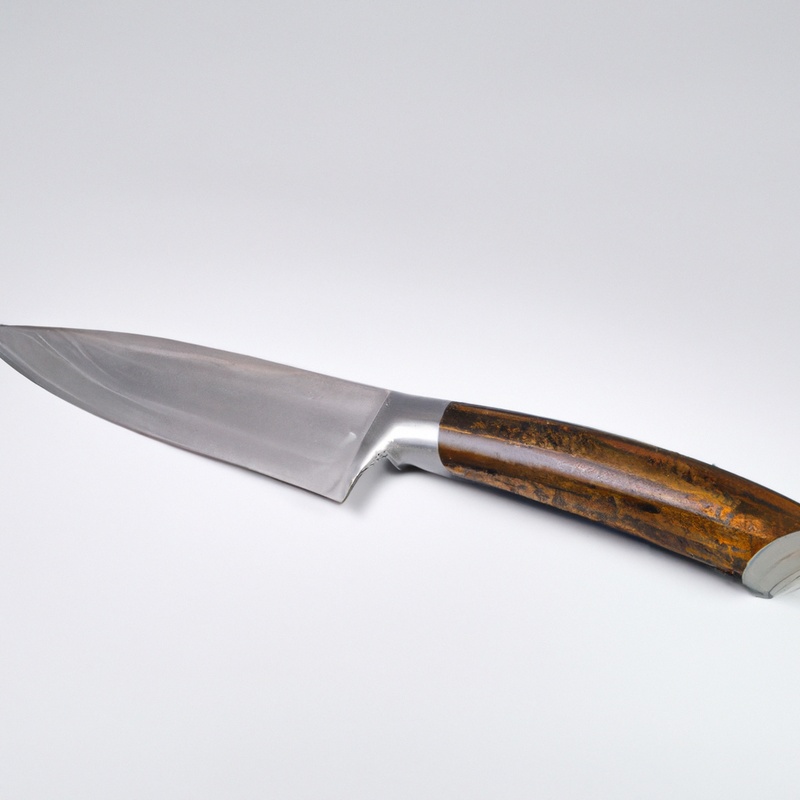
Trimming the Remaining Bones and Edges from the Fillet
Once the fillet has been separated from the skin, trim any remaining bones or edges from the flesh. Use a sharp knife to cut the small remaining bones along the middle of the fillet.
Carefully remove any remaining pin bones by running your fingers along the flesh and using tweezers to pluck them out.
Additionally, take a moment to inspect the edges of the fillet for any excess fat or small fins that may have been missed during the initial filleting process. Using a gentle sawing motion, use your knife to trim away any unwanted pieces, being careful to remove as little flesh as possible.
Remember to work slowly and methodically, removing only small portions at a time.
With patience and practice, you’ll soon be left with a perfectly trimmed and ready-to-eat fillet.
Proper Cleaning and Caring for Your Fillet Knife
Proper cleaning and maintenance of your fillet knife is essential to ensure its longevity and performance. After every use, wash your fillet knife with warm soapy water and dry it thoroughly.
Avoid using abrasive materials to clean your knife as they can damage the blade’s edge.
To maintain the edge of your fillet knife, use a sharpening stone or honing rod to regularly sharpen the blade. When storing your fillet knife, make sure it is dry and stored in a safe place, away from other utensils to prevent the blade from getting damaged.
To prevent accidents, always handle your fillet knife with care, keeping your fingers away from the blade’s edge.
Also, avoid using your fillet knife for tasks other than filleting fish to prevent excessive wear and tear. By following these simple steps, you will ensure that your fillet knife remains sharp, safe, and in good condition, making your filleting process efficient and enjoyable.
Tips to Ensure Safety during the Filleting Process
To ensure safety during the filleting process, it is important to follow these tips:
- Use a sharp fillet knife to minimize the risk of slipping and accidentally cutting yourself.
- Cut away from your body and keep your fingers and other body parts away from the blade while cutting.
- Use a cutting board with a non-slip surface to prevent the fish from moving around while you’re filleting it.
- Always cut the fish on a flat and stable surface.
- Take breaks when you start to feel fatigued or distracted to prevent accidents.
- Keep a first aid kit nearby in case of any cuts or wounds.
By following these safety tips, you can successfully fillet a kokanee salmon without injuring yourself.
Mistakes to Avoid While Filleting a Kokanee Salmon
Mistakes can happen during the filleting process that can ruin the quality of the salmon fillet. To avoid making these mistakes, here are some tips:
- Poor Knife Maintenance – Make sure your fillet knife is sharp and clean before using it to fillet a salmon. This prevents the knife from slipping and ensures a precise cut.
- Starting at the Wrong Angle – Choosing the right angle when starting to fillet is critical for a clean fillet. A slight adjustment in angle can ruin the fillet, so keep an eye on the knife angle during the entire process.
- Rushing the Filleting Process – Don’t be in a hurry, as it can lead to mistakes and accidents. Take your time, have patience, and concentrate on the task at hand for the perfect fillet.
- Applying Too Much Pressure – Applying too much pressure while filleting the salmon can damage the delicate flesh. Follow a light-handed approach when detaching the flesh from the skin to avoid tearing the meat.
By avoiding these common mistakes, you can master the art of filleting a kokanee salmon like a pro.
Final Verdict
Filleting a Kokanee salmon requires the right tools, techniques, and steps to ensure a perfect, boneless fillet every time. With the right fish fillet knife, angle, and process, you can easily and efficiently remove the head, spine, rib cage, and skin from the fish to reveal the delicious and nutritious flesh.
Remember to always prioritize safety by keeping your hands and knife away from sharp edges, and ensure that your fillet knife is always clean, sharpened, and well-cared for.
By following the step-by-step guide and avoiding common mistakes, you can effortlessly prepare a Kokanee salmon fillet that is perfect for grilling, baking, or frying. With practice and perseverance, you can become a master at filleting fish and impress your friends and family with your culinary skills.
Trust in your instincts, and don’t be afraid to experiment with different techniques to find what works best for you.
Happy filleting!

